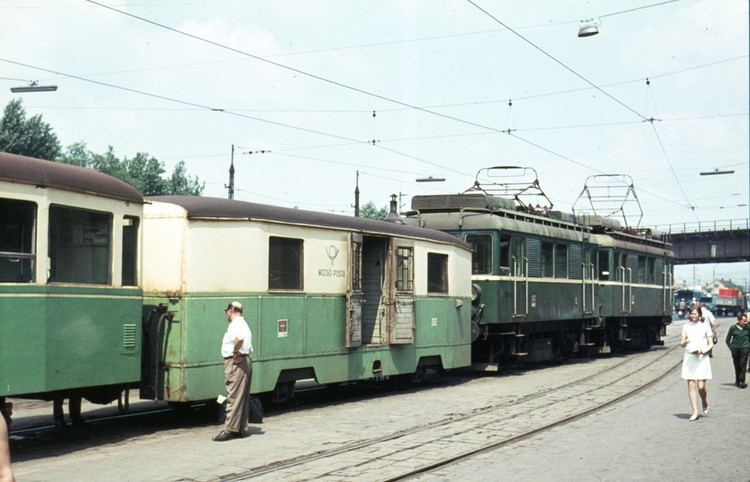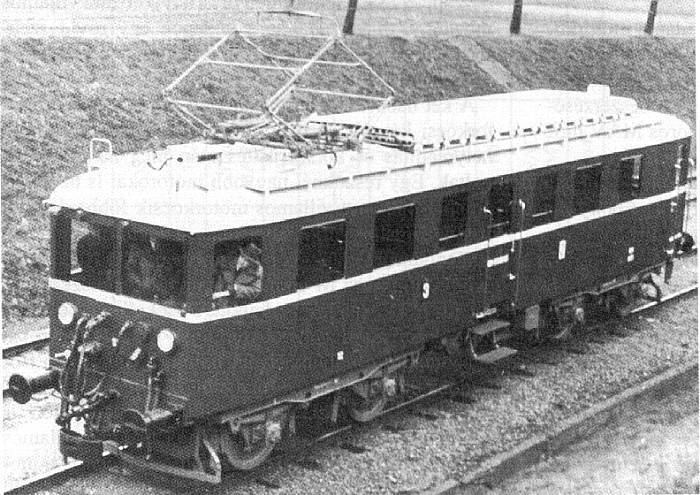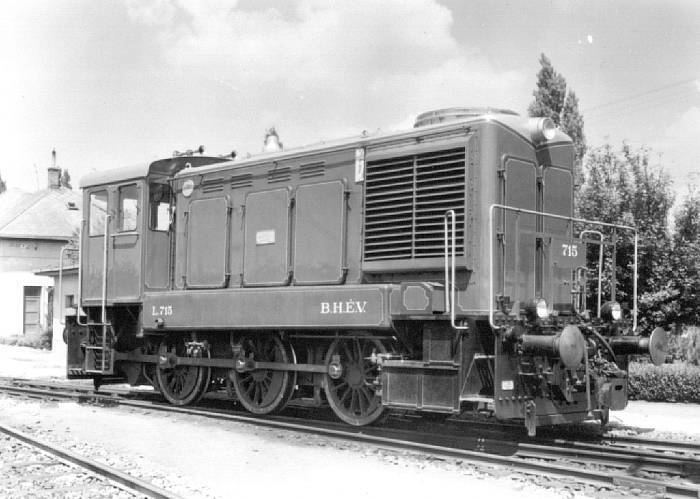Operator(s) BHÉV Zrt. Number of lines 4 | System length 103.7 km Number of stations 81 | |
 | ||
Owner BHÉV Zrt. (public ownership) Track gauge 1,435 mm (4 ft 8 ⁄2 in) Locale Budapest metropolitan area | ||
Mta new york city bus orion vii hev 6429 on the bx7
BHÉV (Budapest Helyiérdekű Vasút, "Budapest Railway of Local Interest") is a system of four commuter rail lines (Szentendre HÉV, Gödöllő HÉV, Csömör HÉV and Ráckeve HÉV) and rapid transit (Csepel HÉV and Békásmegyer HÉV (part of the Szentendre HÉV)) lines in and around Budapest, Hungary. The BHÉV operates on standard gauge (1,435 mm (4 ft 8 1⁄2 in) ), and is electrified at 1000 V DC.
Contents

The BHÉV lines were constructed as branch lines of the Hungarian State Railways. Helyiérdekű vasút (HÉV), literally "railway of local interest", is a general term in Hungarian traffic. Therefore, like internationally with the term metro, the stations are only marked with H or HÉV, though this is not the full name of the system. The four BHÉV lines are operated by the public transport company BHÉV Zrt., yet are not part of the Budapest Metro. Inside Budapest, standard BKK tickets and passes are valid on the BHÉV. Outside Budapest, a separate ticket must be validated.

Network

The BHÉV connects Csepel (south), Ráckeve (far south), Gödöllő (northeast), and Szentendre (north) with various points of central Budapest. The four BHÉV lines are not connected directly, each originating from a different terminus, but their railway are still connected to the MÁV lines. The BHÉV is a hybrid between a commuter rail and a rapid transit. Although most of its stations are above ground and outdoor, some are underground (for example the city centre terminus at Batthyány tér).
Future

The BHÉV lines are planned to become integrated into the metro network. The Szentendre, Ráckeve and Csepel lines are slated to be merged into what is called the metro line 5 (North-South Regional rapid railway). The connection will be made by an underground line between the Kaszásdűlő and Lágymányosi bridge stations, and extended in order to reach the center of Pesterzsébet. The Urban and Suburban Transit Association (Városi és Elővárosi Közlekedési Egyesület) has presented a plan to merge line 2 with the HÉV from Gödöllő. The city government did not totally accept the plan, but it still may be built after 2015.
Former lines

Today there are four (plus one branch line to Csömör) BHÉV lines in and around Budapest, although other HÉV lines around Budapest have existed in the past.
Now integrated to MÁV's (Hungarian State Railways) network:

Owned by the local tramway operators and abandoned or integrated to the actual tramway network:
Withdrawn BHÉV lines:
Branch of Budapest-Szentlőrinci HÉV (owned by BLVV):
